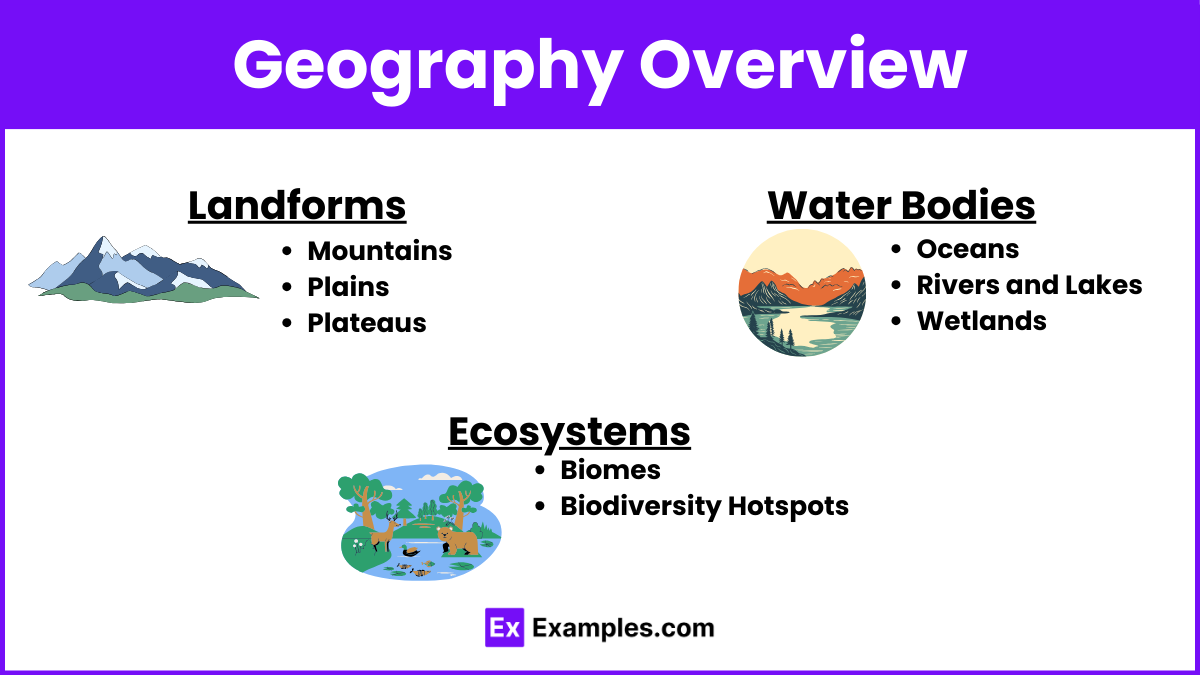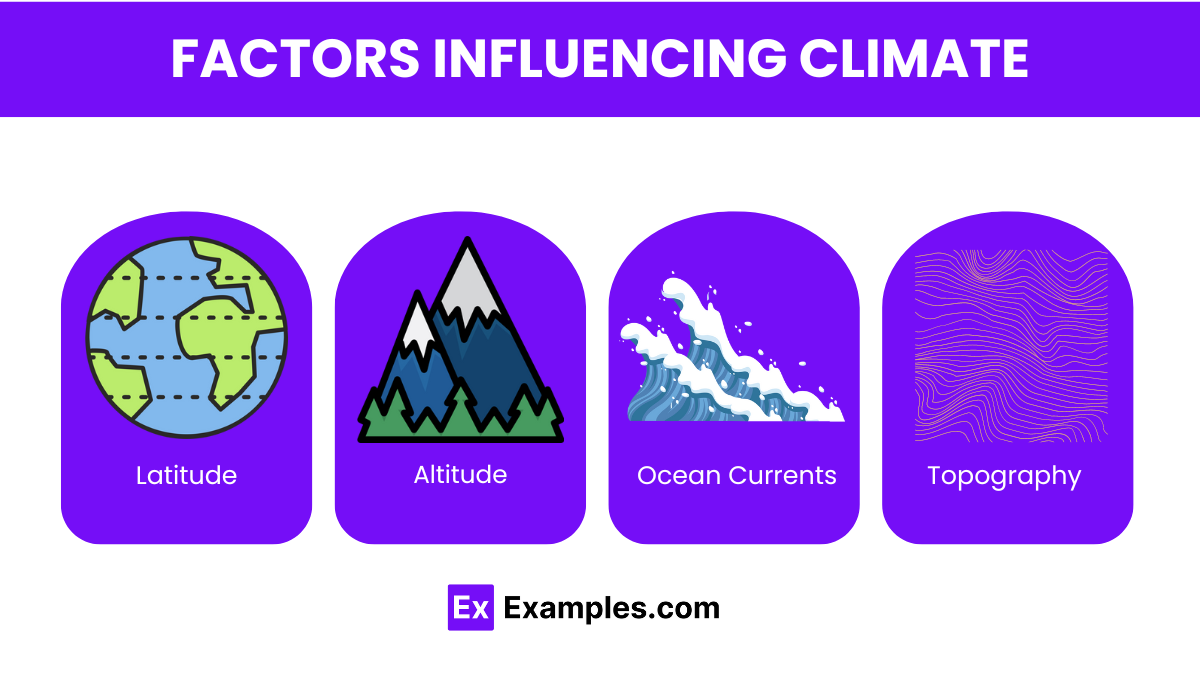Earth’s geography and climate are fundamental to AP Environmental Science, exploring the interconnectedness of ecosystems, biodiversity, and the biosphere. Geography encompasses diverse landscapes like mountains, plains, and water bodies, influencing climate patterns crucial for flora and fauna distribution. Climate, shaped by factors like latitude, altitude, and ocean currents, regulates ecosystem dynamics and species adaptation. AP Environmental Science emphasizes studying how human activities impact geographical features and climate, affecting biodiversity and ecosystem services. Understanding these interactions is vital for sustainable environmental management and mitigating the effects of global climate change on Earth’s natural systems.
Learning Objectives
Earth’s geography and climate focus on understanding how geographical features and climate dynamics influence organisms, flora, and fauna. Students explore the impact of climate changes on biodiversity and ecosystem services, studying factors such as latitude, altitude, and ocean currents. They analyze human activities altering landscapes and climate patterns, affecting natural habitats and species distribution. The curriculum emphasizes assessing strategies for mitigating environmental impacts, promoting biodiversity conservation, and adapting to climate variability to ensure sustainable management of Earth’s ecosystems and resources.
Geography Overview

Earth’s geography encompasses its physical features, such as landforms, water bodies, and ecosystems, which influence climate patterns and biodiversity.
Landforms
- Mountains: Influence climate by blocking wind and causing precipitation on windward sides (orographic effect).
- Plains: Often agriculturally productive due to flat terrain and fertile soils.
- Plateaus: Elevated flatlands that affect weather patterns and human settlement.
Water Bodies
- Oceans: Major heat reservoirs affecting global climate through ocean currents.
- Rivers and Lakes: Provide freshwater resources and influence local climates.
- Wetlands: Areas of standing water that support diverse ecosystems and water purification.
Ecosystems
- Biomes: Large-scale ecological communities shaped by climate and geography (e.g., tropical rainforests, deserts, tundra).
- Biodiversity Hotspots: Regions with high species diversity and conservation importance.
Climate Overview
Climate refers to long-term patterns of temperature, precipitation, humidity, wind, and other atmospheric conditions in a region.
Factors Influencing Climate

- Latitude: Determines angle and intensity of sunlight affecting temperature.
- Altitude: Higher altitudes have cooler temperatures due to lower atmospheric pressure.
- Ocean Currents: Transport heat globally, influencing regional climates (e.g., Gulf Stream).
- Topography: Mountains and valleys affect precipitation and temperature patterns.
Climate Classification
- Köppen Climate Classification System: Based on temperature and precipitation patterns, categorizes climates into types such as tropical, desert, temperate, and polar.
- Microclimates: Small-scale variations in climate within a larger region (e.g., urban heat islands).
Climate Change

- Global Warming: Increase in Earth’s average temperature due to greenhouse gas emissions.
- Impacts: Sea level rise, extreme weather events, shifts in precipitation patterns, and biodiversity loss.
- Mitigation and Adaptation: Strategies to reduce emissions and cope with climate impacts (e.g., renewable energy, resilient infrastructure).
Human Impacts
- Land Use Change: Deforestation, urbanization, and agriculture alter local and global climate patterns.
- Pollution: Release of pollutants affects air and water quality, influencing climate and ecosystems.
- Resource Management: Sustainable practices to conserve natural resources and mitigate climate impacts.


